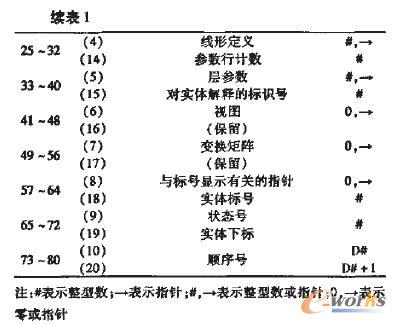Implementation of CAD/CAM Post-Processor Based on IGES
IGES (Initial Graphics Exchange Specification) is a file standard used to achieve data conversion between different CAD/CAM systems. This article introduces the main features of IGES, as well as the basic process of designing a post-processor for a CAD/CAM platform based on IGES. By importing model data from one CAD/CAM platform into another through the IGES conversion standard, the sharing of model data is realized.
With the continuous development of CAD/CAM technology, data exchange has become increasingly frequent, and new product data exchange specifications have been introduced, including typical examples such as IGES, SET, PDDI, PDES, STEP, etc. Among these, IGES (Initial Graphics Exchange Specification) is the earliest developed internationally, currently the most mature in application, and also the most widely used data exchange standard today. Almost all influential CAD/CAM platforms are equipped with IGES interfaces.
IGES was developed by the U.S. National Bureau of Standards (NBS). In January 1980, NBS announced the IGES 1.0 version, which only described the geometric shapes and annotation entities of engineering drawings. To address the transmission of electrical and finite element information, NBS released the IGES 2.0 version in February 1983, further expanding graphic descriptions. The IGES 4.0 version, announced in June 1988, included new content such as CSG, assembly models, new graphic representations, 3D pipeline models, and functional improvements for finite element models. The B-rep description method used in solid modeling appeared in the IGES 5.0 version.
1. **IGES File Structure**
IGES can support three types of file formats: ASCII code, compressed ASCII code, and binary...
